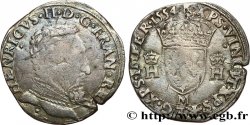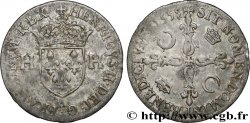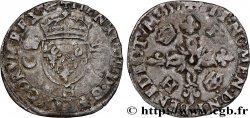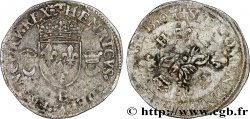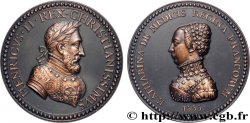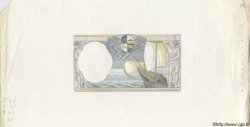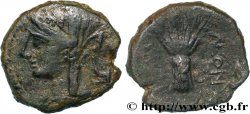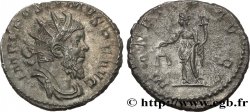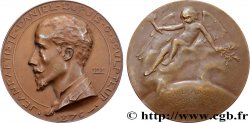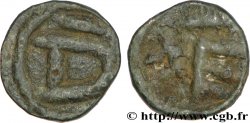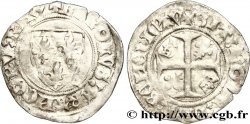Live auction - fme_818722 - HENRY II Médaille, Étienne de Laulne
You must signin and be an approved bidder to bid, LOGIN TO BID. Accounts are subject to approval and the approval process takes place within 48 hours. Do not wait until the day a sale closes to register. Clicking on "BID" constitutes acceptance of the terms of use of cgb.fr private live auctions.
Bids must be placed in whole Euro amounts only. The sale will start closing at the time stated on the item description; any bids received at the site after the closing time will not be executed. Transmission times may vary and bids could be rejected if you wait until the last second. For further information check the Live auction FAQ
All winning bids are subject to a 18% buyer’s fee.
All winning bids are subject to a 18% buyer’s fee.
| Estimate : | 200 € |
| Price : | no bid |
| Maximum bid : | no bid |
| End of the sale : | 25 April 2023 18:10:38 |
Type : Médaille, Étienne de Laulne
Date: 1552
Metal : bronze
Diameter : 54 mm
Orientation dies : 6 h.
Engraver Etienne de Laulne
Weight : 42,58 g.
Edge : lisse
Rarity : R1
Coments on the condition:
Patine marron hétérogène avec des taches d’oxydation. De l’usure sur les reliefs. Présence de coups et rayures, notamment sur la tranche. Trou percé à 12 heures à l’avers
Catalogue references :
TNG XII, 1 - Maz.99 - Jones 65
Obverse
Obverse legend : HENRICVS. II. GALLIARVM REX INVICTISS. PP..
Obverse description : Buste cuirassé et lauré à droite, avec le collier de l’ordre de Saint-Michel.
Obverse translation : (Henri II, invincible roi des Francs, Père de la patrie).
Reverse
Reverse legend : (LAURIER) OB RES IN - ITAL. GERM. ET GAL. FORTIFER AC FOEL - IC. GESTAS.
Reverse description : La Victoire tenant une palme et l’Abondance tenant une corne d’abondance, assise dans un char dirigé par la Renommée, tenant une trompette d’où tombe un drapeau aux armes de France, le tout sur les armes des vaincus ; à l’exergue EX VOTO PVB/ 1552.
Reverse translation : (Pour la conduite réussie et courageuse des affaires d’Italie, Allemagne et France - Par la volonté du peuple).
Commentary
Médaille attribuée à De Laulne par Mazard qui trouve une similarité de style avec celles signées S (Stephanus pour Étienne). Fonte ancienne (l’original est frappé).








 Report a mistake
Report a mistake Print the page
Print the page Share my selection
Share my selection Ask a question
Ask a question Consign / sell
Consign / sell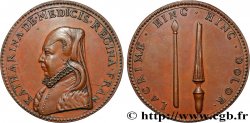
 Full data
Full data